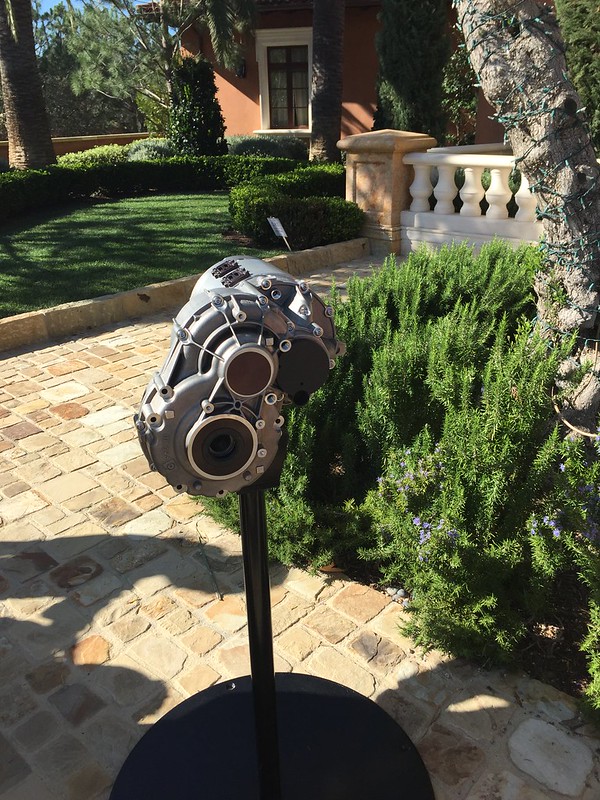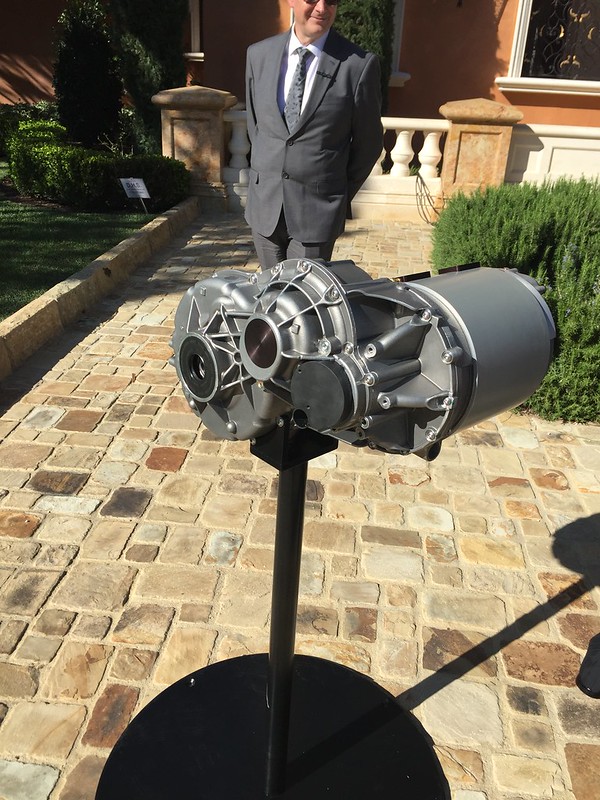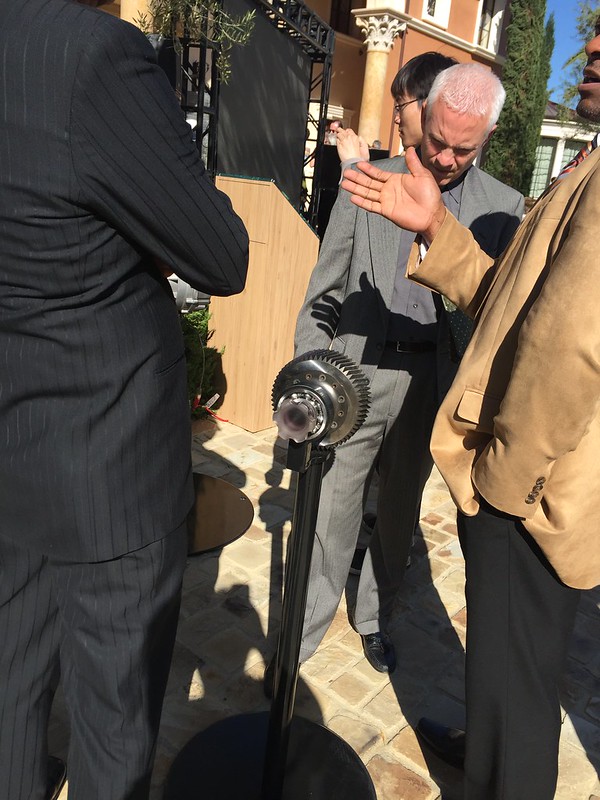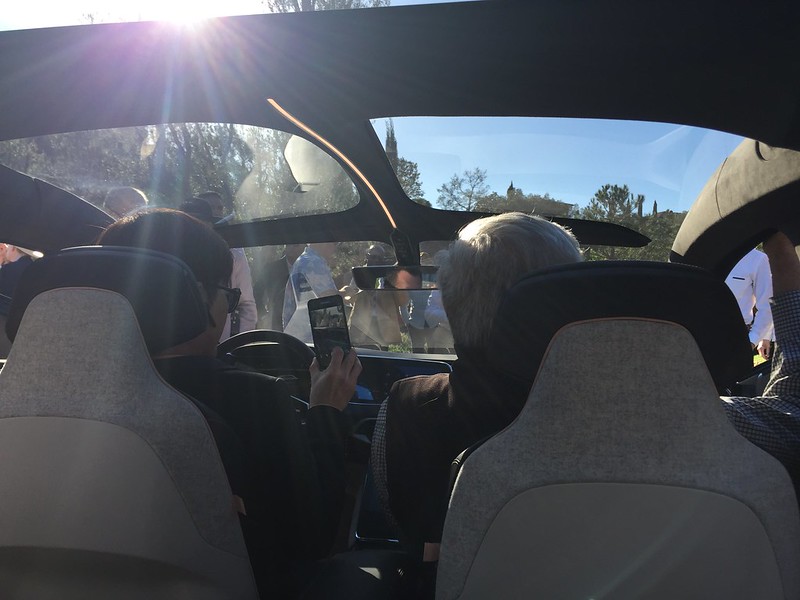Did it look to be about the same size as Tesla's rear motor? Poor assumption that the front is physically larger too?
I didn't compare, but Lucid engineers who came from Tesla claim that it is smaller than Tesla's motor, but more power.
You can install our site as a web app on your iOS device by utilizing the Add to Home Screen feature in Safari. Please see this thread for more details on this.
Note: This feature may not be available in some browsers.
Did it look to be about the same size as Tesla's rear motor? Poor assumption that the front is physically larger too?
 IMG_0906 by Dennis Pascual, on Flickr
IMG_0906 by Dennis Pascual, on Flickr IMG_0907 by Dennis Pascual, on Flickr
IMG_0907 by Dennis Pascual, on Flickr IMG_0908 by Dennis Pascual, on Flickr
IMG_0908 by Dennis Pascual, on FlickrOk... Second article on my blog is being worked on... should have it out soon.
In the meantime, here are some of my shots of the two motors.
Front:
MG_0906 by Dennis Pascual, on Flickr
Back:
IMG_0907 by Dennis Pascual, on Flickr
IMG_0908 by Dennis Pascual, on Flickr
You don't have evidence that cab forward design will likely cause more injury.
Designing a crash structure that can manage energy effectively to minimize injury to passengers goes far beyong Engineering 101.Engineering 101.
The closer a driver is to the front bumper the likelier an injury.
The bigger the crumple zone the safer the car.
Not rocket science.
There are tradeoffs. If cab forward design was all positive with no cons every car would be cab forward.
Induction.Not sure if it was listed before, but are these PM or induction?
 IMG_0977 by Dennis Pascual, on Flickr
IMG_0977 by Dennis Pascual, on Flickr IMG_0975 by Dennis Pascual, on Flickr
IMG_0975 by Dennis Pascual, on FlickrDesigning a crash structure that can manage energy effectively to minimize injury to passengers goes far beyong Engineering 101.
There's a LOT more to it than length, there's the overall shape too. Considering Tesla engineers were apparently not allowed to play with that as it was handed down from on high, I think they'll have much better luck here optimizing things properly without the artificial constraints.It would be laughable to suggest Lucid engineers are so brilliant and Tesla engineers so stupid that they overcome this handicap and Air matches Model S for safety.
It would be laughable to suggest Lucid engineers are so brilliant and Tesla engineers so stupid that they overcome this handicap and Air matches Model S for safety.
"Most"...?You know that most of those Tesla engineers are now Lucid engineers, right?
Sorry, maybe a handful. Not more.You know that most of those Tesla engineers are now Lucid engineers, right?
Most likely meant most Lucid engineers are former Tesla engineers. It's unlikely that Lucid has the resources to hire most of Tesla's engineers."Most"...?


